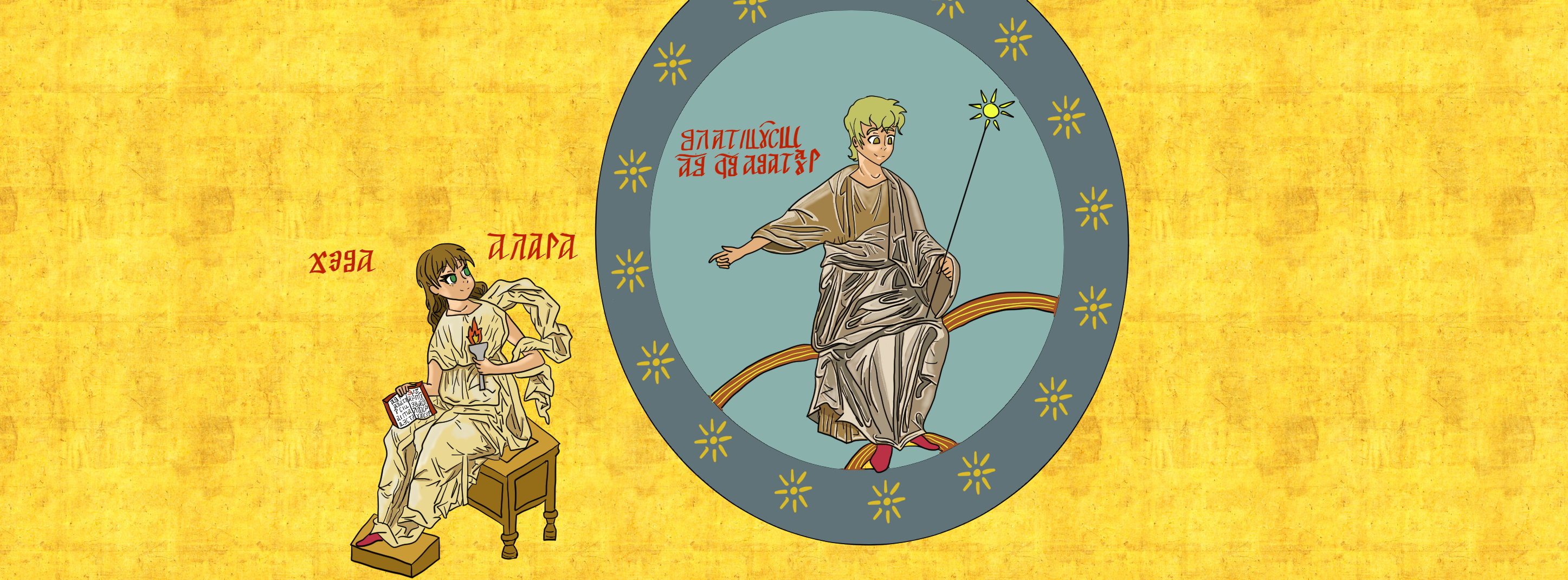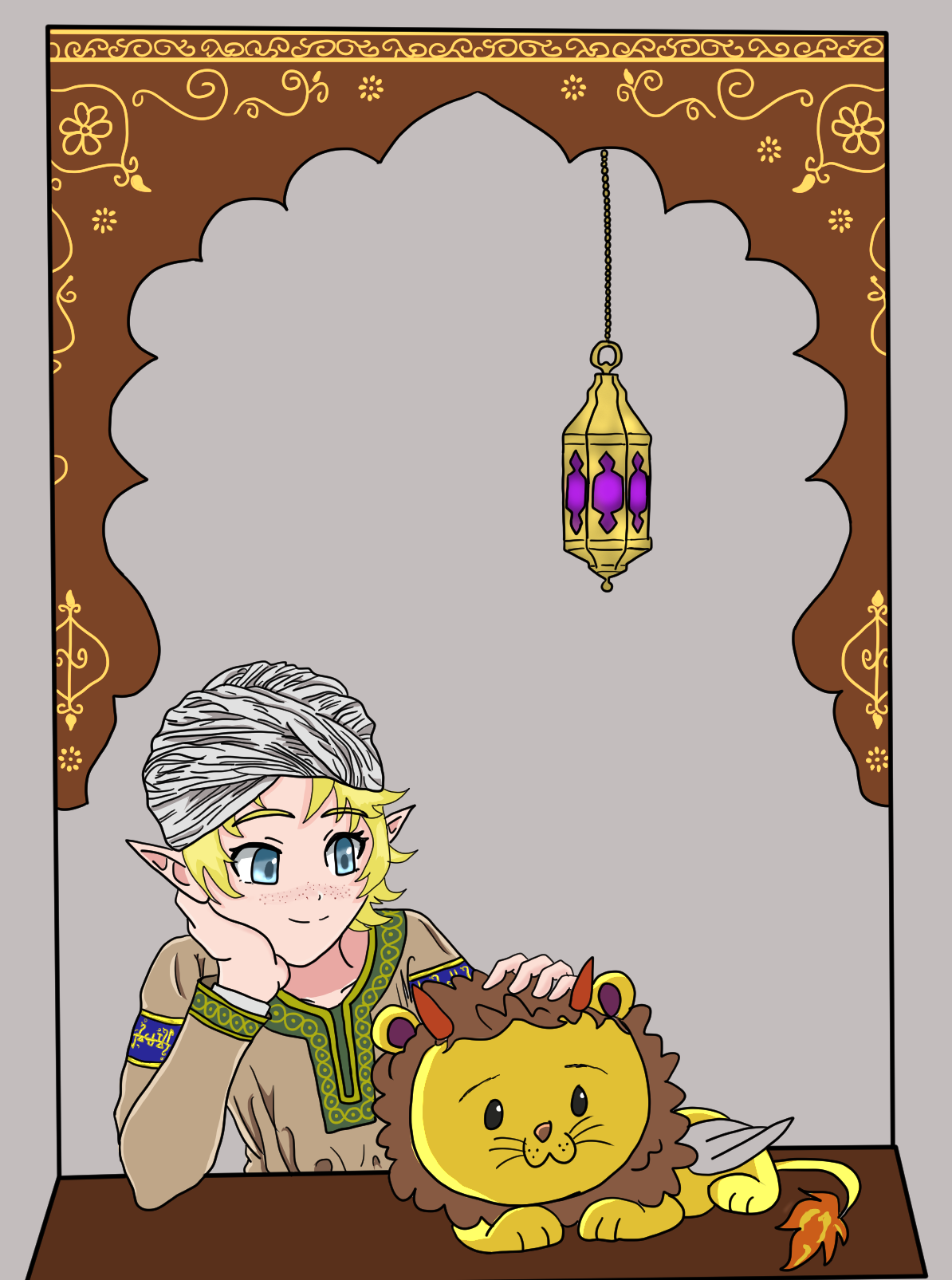Petrines
Petrines were one of the groups or sects of the Reformed Church before its unification in Council of the Roses (421 AP).
Origins
Founded by St. Petrinus in the late 2nd century AP. They devoted their life to take care of the poor and many Petrines found the new monastic movement as a way of achieving these goals. They believe that the message of the Prophet was a message of hope and kindness. One of the most famous Petrines was St. Constantinus of Ikaria, who according to tradition was a great sage and priest who summoned a dragon who ate one of his opponents who was mocking the Petrine doctrines. The Petrines were the real "missionaries" of the Reformed Church, they created a network of monasteries from where they evangelized small towns and especially rural areas. Petrine monasteries also arose in cities, some of the most important of which were in Blati, Ikaria, Moviorum and the White Mountain. Their missionary work also expanded beyond the Albine Mountains, since they were the ones who carried the message of the Prophet to the frozen lands of the north, such as the Grand Duchy of Liwal. The Petrines' main target was the lower class citizens, who believed that this group was the most susceptible to falling into the clutches of evil forces. There were also Petrines who preached to the upper classes, but they believed that because of their cultural background, the upper classes were the least likely to become evil. They also dedicated part of their time to copy old religious texts, like the speeches of the most eminent Theologians of the Reformed Church, and books of rethoric and philosophy.Theological rivals
Their theological and one would also say, almost mortal enemies, were the ere the Iulians founded by St. Iulius of Orphia. The Iulians consider the teachings of the prophet to be a warning message and a message of repentance for the sins and worship of the dark magic that some humans had adhered to. For most of the history of the Reformed Church during the Ikarian Empire (before the Council of the Roses) they held the highest offices of the Church. According to a famous Petrine priest:the only thing Iulians were good at was striking fear into the hearts of the faithful and to use the alms of believers to enrich themselves.
Council of the Roses and assimilation
This enmity generated multiple conflicts and religious violence in the Ikarian Empire between the late 3rd to the early 5th centuries AP when the Ikarian Emperor, tired of this violence and disagreements , called a council in 421 AD which ended the theological disputes and the religious strife inside the Empire with the establishment of a new, middle ground doctrine between the two sects that finally merged both groups.Most important figures
- St. Petrinus (78 AP-159 AP): Founder of the Petrines. He created a network of "Houses of Prayer" (the predecessors of the current monasteries) around the cities of Ikaria and Blati.
- St. Titinius (241- 325 AP): One of the most reviered saints of the Reformed Church. It was the grandson of Emperor Severus II. He was a very cultivated man who knew both classical philosophy and studied rethoric at Ikaria with the best masters during the reign of his grandfather. He spent most of his life educating the poor, evangelizing the countryside around Blati and engaging in theologica disputes with Iulians and other Petrines. He took an important role in the 1st Council of Blati, in 291 AP, where thanks to his suggestions it was decided that all the faithful could have access to reading the Perymenion.
- St. Constantinus of Ikaria (290-381 AP): Disciple of St. Titinius, he was a very famous preacher and miracle worker in Blati. Legend tells us that, during a theological debate with a Iulian, He summoned a dragon who ate one of his opponents who was mocking the Petrine doctrines. After that the Iulians fled from the city and because of this "miracle" or "magical spell" the dragon is the animal associated with him. In his later life his speeches caught the attention of the imperial family, and he eventually became part of the court of Emperor Arcadius V, where he served as his chaplain.
128 AP - 421 AP
Type
Religious, Sect
Ruling Organization
Founders
Parent Organization
Related Ethnicities






Aside from their belief that the poor are more likely to become morally corrupt, I like these guys. Especially St Constantinus who got a dragon to eat his opponent.